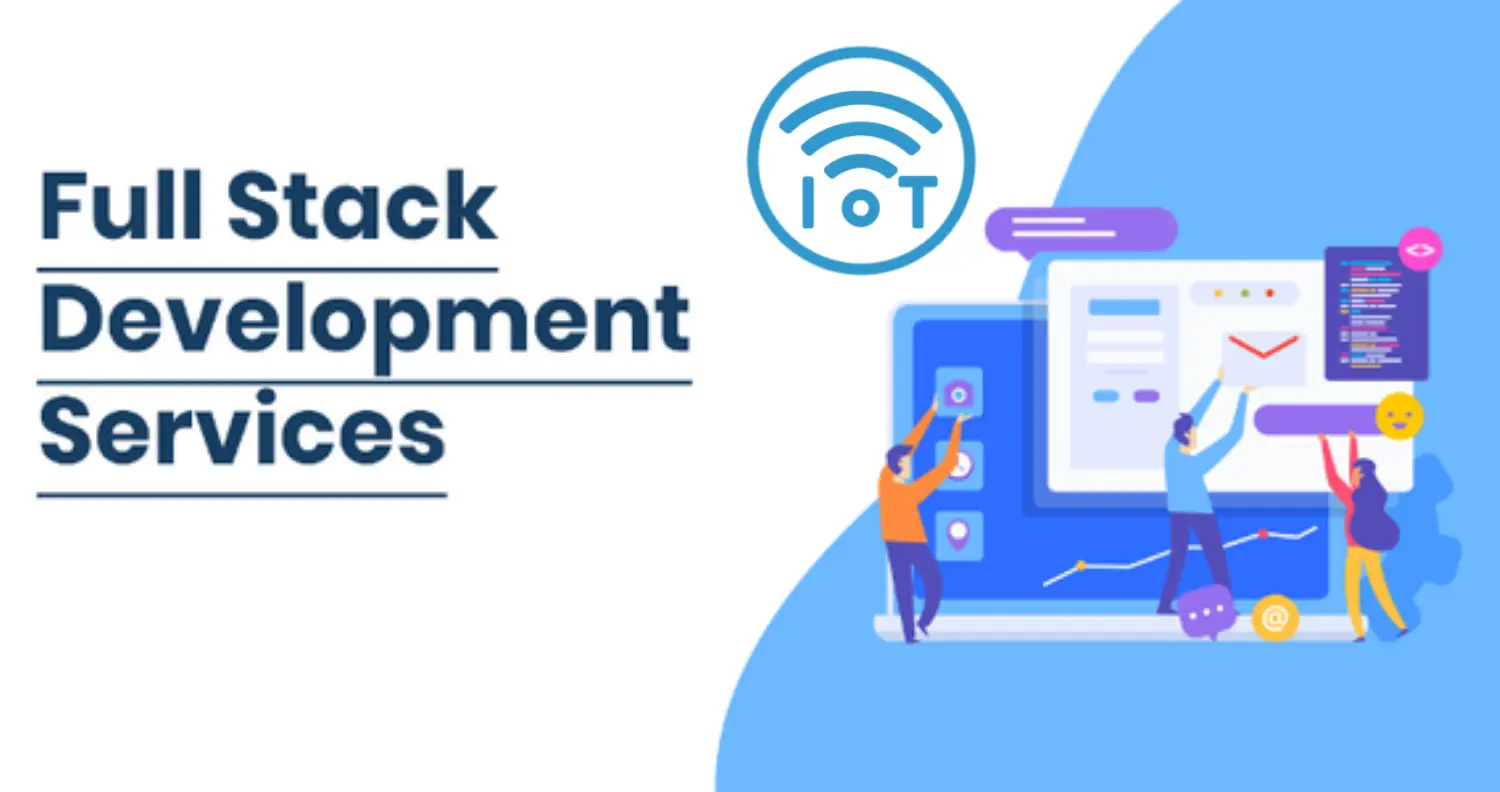The world of technology has been evolving rapidly, and so has the job role of a full-stack developer. A full-stack developer is someone who can handle the entire software development process, from front-end to back-end development. With the emergence of the Internet of Things (IoT), full stack development has become even more critical to the success of IoT products.
The Role of a Full-Stack Developer in IoT
Full-stack developers are crucial to the IoT ecosystem as they have the ability and expertise to execute agile projects. They invest all their years of experience in developing an exceptional product. Full-stack developers can also double up as technical heads, as they possess a detailed knowledge of the task.
Essential Skills for Full-Stack Developers in IoT
Full-stack developers should have a set of skills to work with media queries and single web page packages. They must recognize web frameworks like Django or Node.js and have worked with MySQL and MongoDB for an extended period. Full-stack developers should also possess a basic understanding of hybrid mobile app development.
Layers of IoT Full Stack Development
To understand the integration of full-stack development with IoT, it is essential to know the layers of IoT full stack development:
Layer 1 – Sensors
Tiny and cheaper sensors are utilized in a plethora of gadgets which can be used either personally or professionally. This deposit keeps on getting bigger, as new internet-connected sensors are included in new products. Full-stack development services ensure that sensors do not need to be linked directly to the internet.
Layer 2 – Microcontrollers and Net Connection
This is the layer where data storage and processing take place. Before moving data to the cloud, you can attain cost reduction in data transfer and storage by reading, extracting, and summarizing accumulated data in advance. In most cases, cloud applications make a choice whether to turn off a device or keep it on. However, sometimes, programmable microcontrollers are required to take such action for an IoT device.
Layer 3 – IoT Provider Structures
This residue allows for automating the process and generating insights by analysing the data collected from various IoT sensors and connected devices. It improves post-transaction relationships as the business, as well as the end-users, can monitor, maintain, and improve the firmware on the devices through insights and feedback from the platform.
Conclusion
In conclusion, full-stack development plays a crucial role in IoT development. A full-stack developer is someone who specializes in most things from front-end to back-end and has a broad understanding of all steps from concept to the finished product. While there is undoubtedly a place for full-stack development, it is not necessarily the best solution for bespoke apps, as they may not be essentially experts in other areas. Full-stack developers must possess essential skills and knowledge to handle IoT projects successfully. With the right skill set, full-stack developers can execute agile projects and deliver exceptional IoT products that meet customer expectations.
